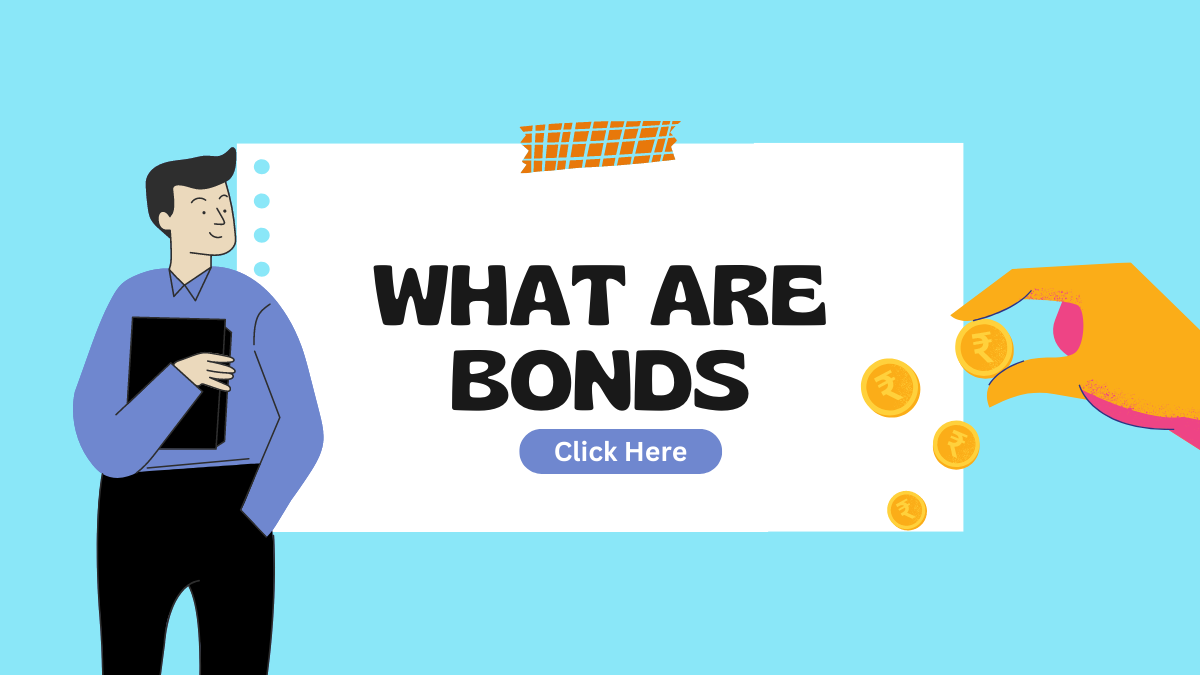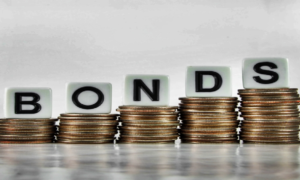Bonds and bond yields are terms for the interest rates that businesses or governments get on their loans. This article will cover what is a bond, how are bonds priced, and why would you care about bond yields.
What are Bonds?
When it comes to investments, there are a variety of options to choose from. One popular option is bonds. But what exactly are bonds? And what do bond yields mean?
Bonds are debt instruments that allow investors to loan money to a government or corporation. In exchange for lending the money, the borrower agrees to pay interest on the loan and repay the principal amount of the loan at a later date. This agreement is known as the bond contract.
The interest rate on a bond is referred to as the coupon rate. This is the rate of interest that the borrower agrees to pay annually. The coupon rate is generally fixed for the life of the bond.
The maturity date is the date on which the borrower must repay the full amount of the loan (the principal). Bonds can have different maturity dates, ranging from a few months to 30 years.
The yield is the return that an investor receives on their investment. For example, if you invest in a bond with a 5% coupon rate and it matures in 10 years, your yield would be 5%. Yields can be calculated in a number of ways, but they all essentially measure how much return you’re getting on your investment.
There are two main types of bonds: government bonds and corporate bonds. Government bonds are issued by national governments and offer relatively low risk but lower returns compared to other types of investments. Corporate bonds are issued by companies and offer higher returns but also come with
Bond Price
When it comes to bond yields, there are a few things you need to know. First, bonds are debt securities that are issued by corporations and governments in order to raise money. The entity that issues the bond is known as the issuer, while the entity that buys the bond is known as the investor.
The price of a bond is determined by its yield, which is the amount of interest that the bond pays out over time. The higher the yield, the higher the price of the bond. The yield on a bond is also affected by its credit rating, which is a measure of the issuer’s ability to repay its debt obligations.
Bond yields can be either fixed or variable. Fixed-rate bonds have an interest rate that remains constant for the life of the bond, while variable-rate bonds have an interest rate that can fluctuate over time. Bonds with higher yields tend to be more risky than bonds with lower yields, but they also offer greater potential return for investors.
Ultimately, when deciding whether or not to invest in a particular bond, it is important to consider both its yield and its credit rating. Doing so will help you determine whether or not the bond is right for your investment portfolio.
How Do You Calculate the Bond Price on a Listed Security?
When it comes to calculating the bond price on a listed security, there are a few things that you will need to take into account. First, you will need to determine the coupon rate. This is the interest rate that is paid out on the bond each year. Next, you will need to calculate the yield to maturity. This is the rate of return that you can expect to receive if you hold the bond until it matures. Lastly, you will need to determine the current market price of the bond. With all of this information in hand, you can then use a Bond Price Calculator (such as those found online) to determine the bond price.
Return on Investment (ROI)
Bond yields are often touted as a key indicator of potential return on investment (ROI), but what do they really mean?
In simplest terms, a bond yield is the amount of return an investor can expect to receive from a bond over its lifetime, expressed as a percentage. For example, if you purchase a bond with a face value of $1,000 and it matures in 10 years, and the yield is 5%, then you can expect to receive $50 in interest payments each year ($1,000 x 0.05 = $50).
To calculate the ROI of a bond, you need to know two things: the current yield of the bond and the coupon rate. The coupon rate is the interest rate that will be paid out on the bond over its lifetime; this is generally fixed at the time of purchase. The current yield is calculated using the bond’s current market price rather than its face value.
For example, let’s say you purchase a 10-year bond with a face value of $1,000 that pays an annual coupon rate of 5%. If the current yield on this bond is 3%, then your ROI would be: ($50/$1,000) + 3% = 4%.
Of course, there are many other factors to consider when assessing bonds as an investment, such as credit risk and market conditions. But understanding bond yields is a good place to start when trying to determine whether bonds are right for
Rate of Return and Interest Rate
When it comes to bonds, the interest rate and the rate of return are not always the same thing. The interest rate is the yearly percentage rate that bondholders receive from owning the bond. The rate of return, on the other hand, is determined by a number of different factors including:
- The initial price of the bond
- The length of time until maturity
- The coupon payments (if any)
- The interest rate
- The capital gains or losses upon selling the bond
For example, let’s say you buy a $1,000 bond with a 5% coupon rate and a maturity date of 10 years. This means you will receive $50 in interest payments each year for 10 years. If you hold onto the bond until it matures, your total return will be 50% (($1,000 + $500) / $1,000). However, if you sell the bond after 5 years, your return will be different. Let’s say the market interest rate has increased to 6% during those 5 years. This means that new bonds being issued will have a higher yield than your 5% bond. As a result, someone looking to buy a bond would be willing to pay more for yours (since it pays a higher interest rate) and you would gain a capital gain. Your total return in this case would be 60% (($1,500 + $250) / $1,000).
Difference Between Bond Yields and Interest Rates
The Difference Between Bond Yields and Interest Rates
Though both are often used interchangeably, there is a big difference between bond yields and interest rates. Interest rates are set by the Federal Reserve through monetary policy and refer to the percentage of interest paid on loans, such as credit cards or mortgages. Bond yields, on the other hand, are set in the marketplace and depend on the types of bonds as well as prevailing market conditions.
Bond yields are determined by many factors, but one of the most important is the interest rate. When interest rates go up, bond prices usually go down because investors can get a better return elsewhere. That’s why you’ll often see bond yields and interest rates moving in opposite directions.
Of course, there’s more to it than that. Different types of bonds have different characteristics that can affect their yields. For example, government bonds tend to be more stable than corporate bonds, so they usually offer lower yields. In general, though, when interest rates go up, bond prices go down and vice versa.
Why Does the Government Issue Bonds?
The government issues bonds as a way to raise money for various projects and expenses. By issuing bonds, the government is essentially taking out a loan from investors. The government agrees to pay back the loan, plus interest, over a set period of time.
Bonds are typically issued with terms of 10 years or longer. The interest rate on bonds is determined by the market, which means that it can fluctuate over time. When interest rates go up, bond prices go down, and vice versa.
The government uses the money raised from bond sales to finance its operations. This includes things like building roads and bridges, funding education and research, and providing relief after natural disasters.
Bond yields are important for both investors and the government. For investors, bond yields represent the return on their investment. For the government, bond yields help to determine how much money it will have to pay back in interest on its bonds.
How Do You Calculate the Weighted Average Life (WAL) or Tenure in Years for Fixed Income Assets?
To calculate the weighted average life (WAL) or tenure in years for fixed income assets, you will need to know the original maturity date of the asset, the coupon rate, and the yield to maturity. Using this information, you can then calculate the WACC using the following formula:
WACC = Rc x (1-t) + Rm x t
where:
Rc = coupon rate
Rm = yield to maturity
t = tax rate
Once you have calculated the WACC, you can then determine the weighted average life (WAL) or tenure in years by using the following formula:
WAL = 1/WACC
Conclusion
Bond yields can be a complex topic, but hopefully this article has given you a good introduction to the basics. Bond yields are important to understand because they can have a significant impact on your investment portfolio. If you’re looking for a safe, reliable way to earn money, bonds may be a good option for you. But it’s important to do your research and understand how bond yields work before investing.











































